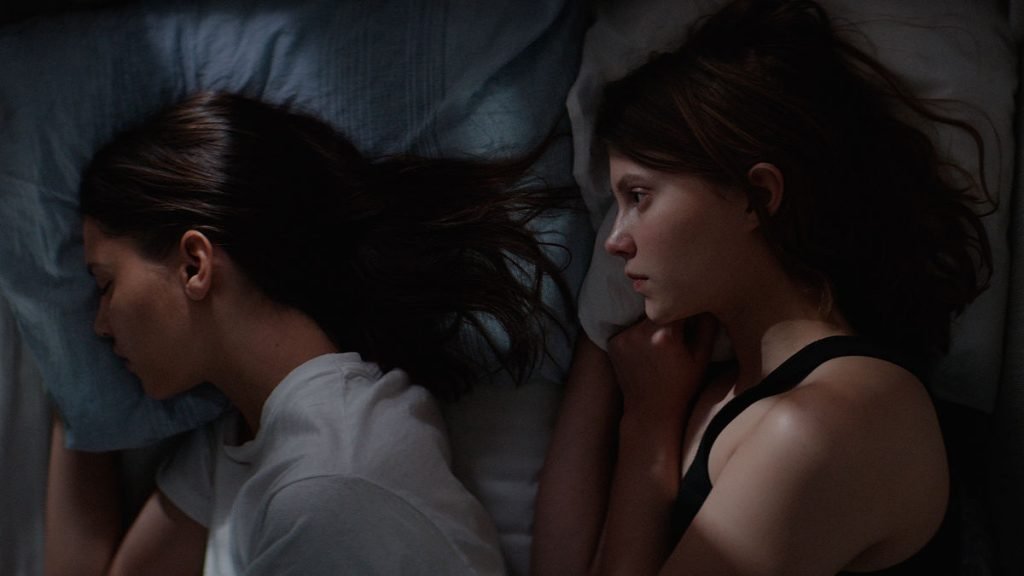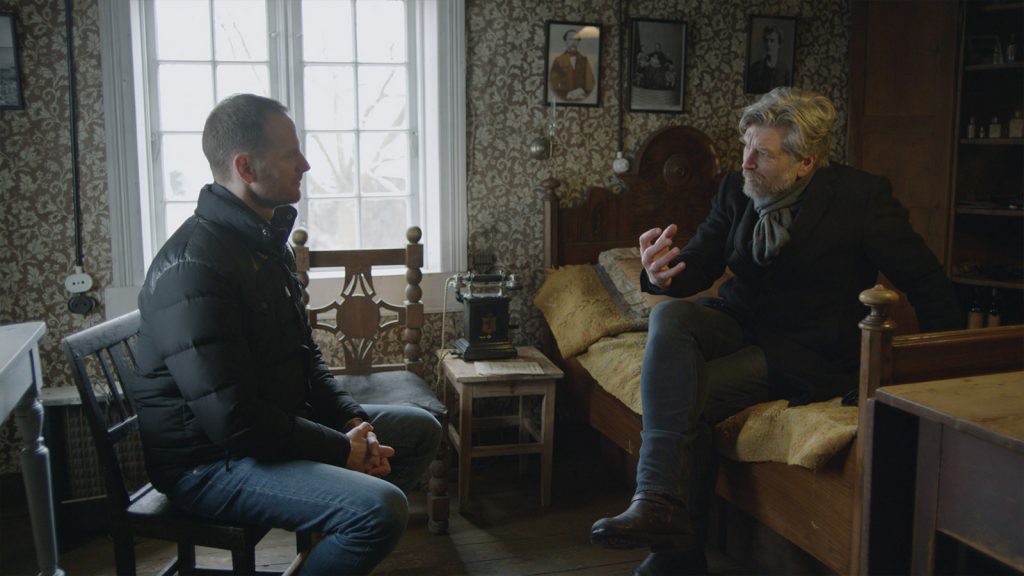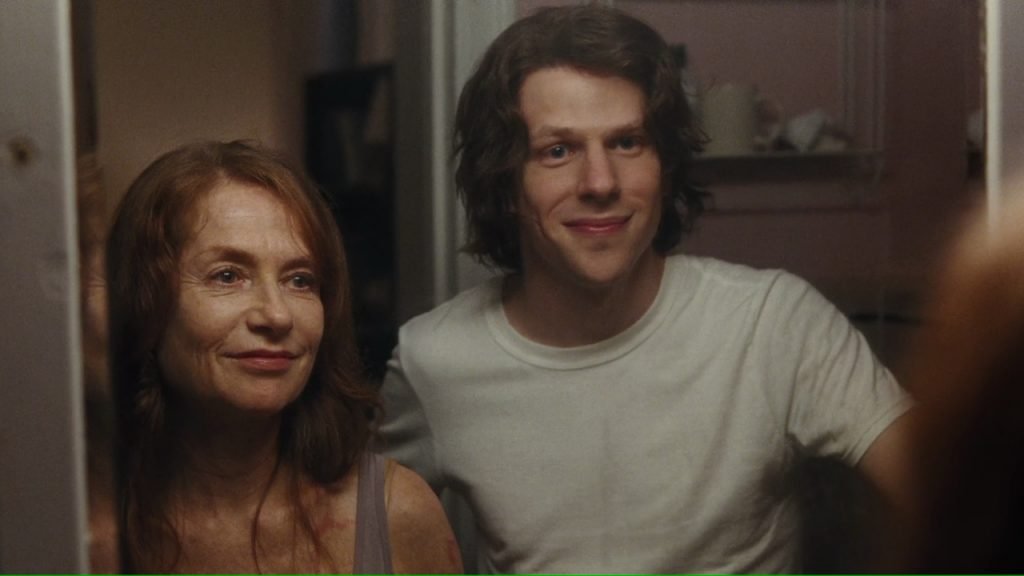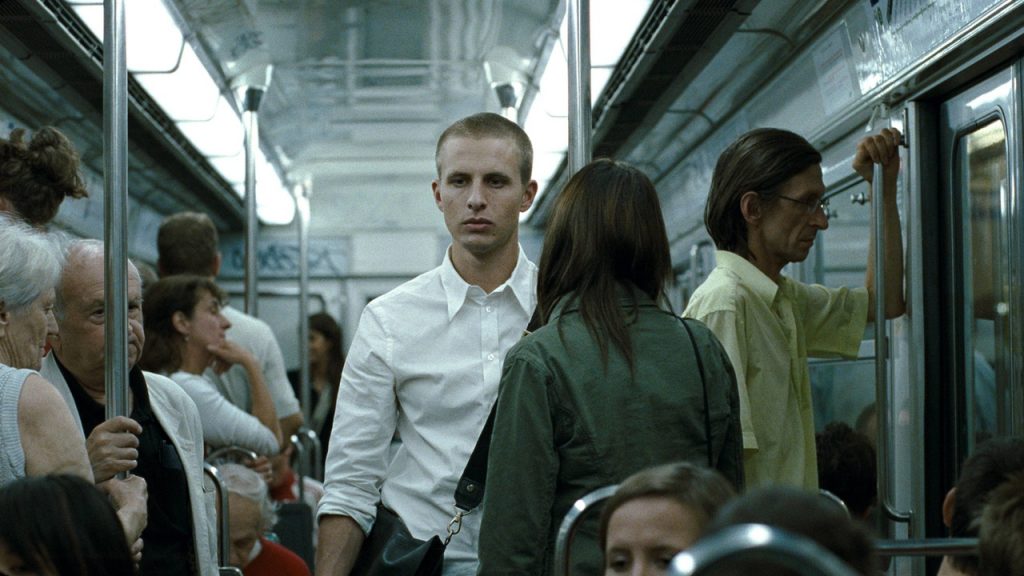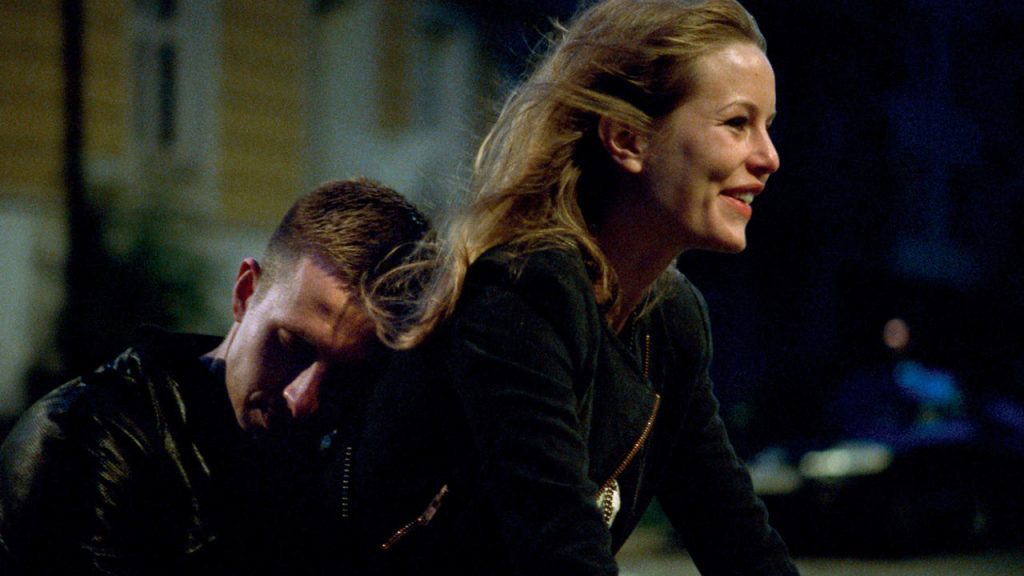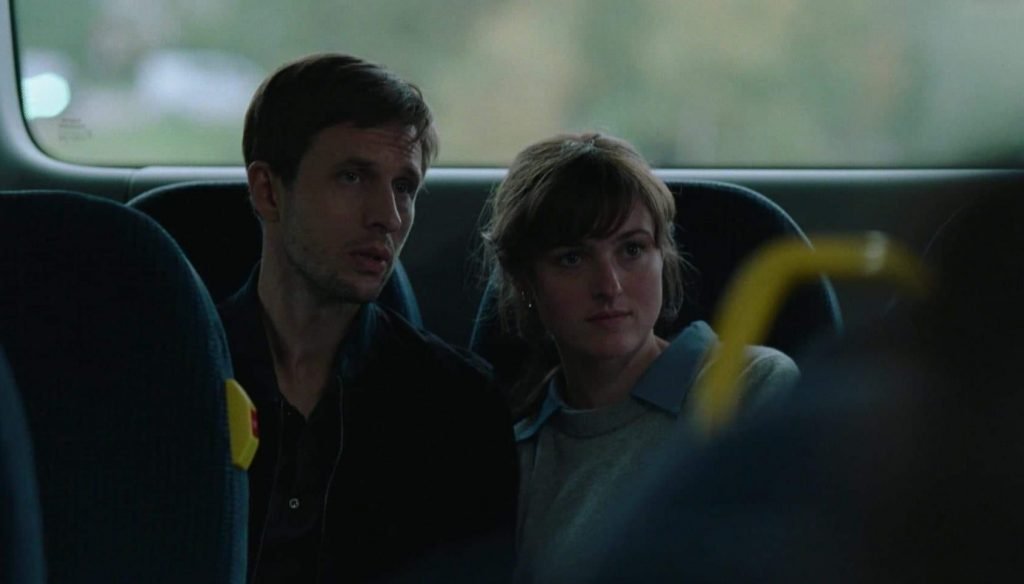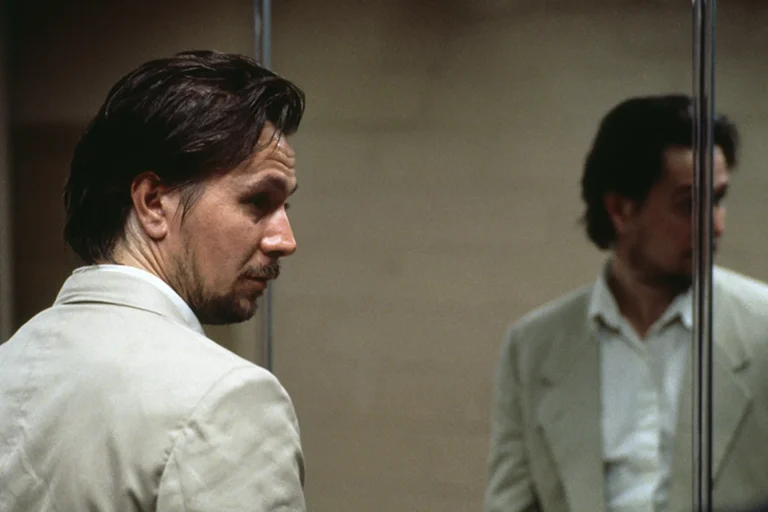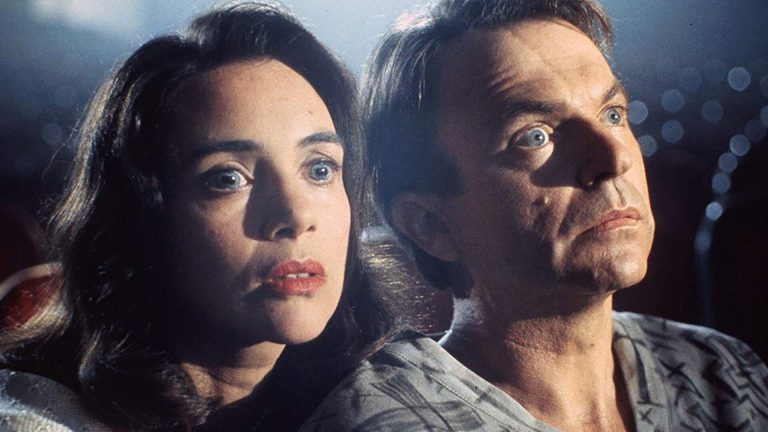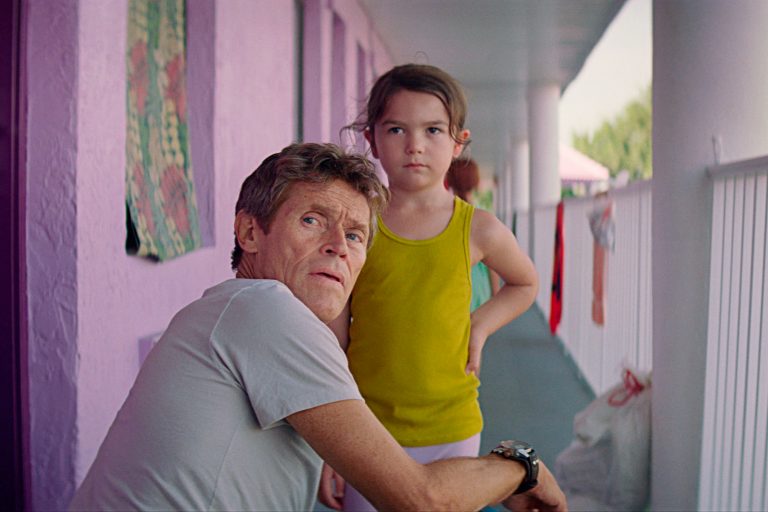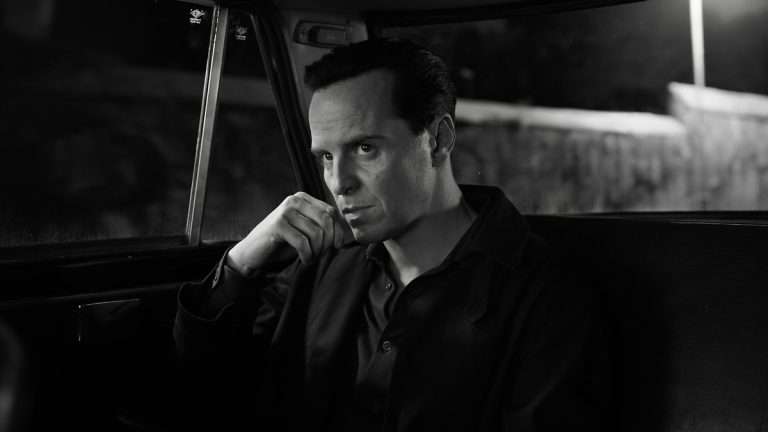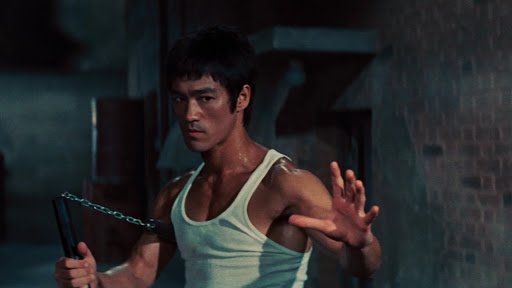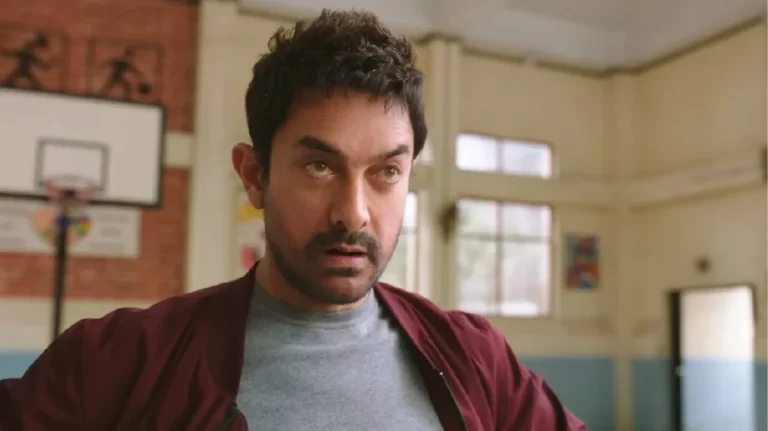Joachim Trier is a Danish-born Norwegian filmmaker, whose films courageously reveal the angst of contemporary reality with a creative evocation of human pathos. His narrative provides a striking balance between the existing traditional values caught with the modern circumstances of a society on the verge of transition. Trier’s constant collaboration with screenwriter Eskil Vogt has helped him to develop stories that are exercises in understanding the different facets of intimacy and vulnerability. As the plot of his films moves forward it signals subtle shifts in the dynamics of the relationship between individuals and the norms of society.
His signature style lies in expressing extreme economy and skillful cinematic treatment that primarily focuses on present times of degeneration, love, sacrifice, and family values. Love finds many forms, but it remains at the core of all his films. His films do not provide a neat-and-tidy ending because he is unwilling to explore the unseen future of his characters, who stubbornly resist traditional structures of conflict and resolution. They suddenly rise above their circumstances.
With five feature films and one documentary, Trier has earned the reputation of a master in poetic presentation and exploration of the complexities of human relationships in a contemporary urban milieu. His films have been selected at some of the most important film festivals in the world like Cannes, Berlin, Toronto, and Rotterdam amongst others. His recent venture The Worst Person in the World has earned the nomination for Best Original Screenplay and Best International Feature Film at the Academy Awards, 2022.
Here is a list of every Joachim Trier film ranked:
6. Thelma (2017)
The titular character of the film played by Eili Harboe has enrolled in a course in Biology at an institution away from his home. There she meets with her classmate Anja (Kaya Wilkins) to whom she develops an attraction. But Thelma keeps her feelings at bay from Anja and this act of hers gives rise to her buried supernatural powers that create havoc in her life. The film presents the viewers with a lurid and vivid world that is visually striking. The images are filled with subtle elements, which lull us with hypnotic beauty and favor Trier in creating an artful entity with a singular voice.
The cinematographic brilliance of Jakob Ihre creates a beautifully nightmarish surreal world. The judicious use of color and light evokes a lingering sense of mystery in some of the scenes with a hallucinatory effect. The filmmaker languidly paces to reveal each shocking step in Thelma’s mysterious evolution. Though it was the first time that Trier had touched upon the genre of body and horror, it is a thrillingly confident and extremely well-executed piece of work. His beautifully conceived aesthetic approach balances the necessity for dramatic coherence and creates an experience that connects our emotional identification with the narrative.
Thelma does not sermonize on occult science and medical science but depicts the grim and tense mood of the film with admirable mellowed moments. It is a confidently shot film that seems to have a grasp on how investment in the characters goes a long way in telling a compelling story. Equally powerful is the casting of the film especially Eili Harboe who is exceptionally good as the troubled protagonist with her unsettling stillness that evokes an eerie feeling. It’s a role that could have been played at full throttle but Harboe dials it back to chilling effect.
Related to Joachim Trier: 50 Best Films of 2017
5. The Other Munch (2018)
It is generally observed that when a filmmaker makes a non-fiction work on a celebrated person there remains a propensity of eulogizing the creative contribution of the revered subject. This is where the documentary The Other Munch stands apart from the rest of the documentaries made on similar subjects. Narrated with Emil and Joachim Trier’s keen emotional sensitivity and affinity for playful narrative structure, the documentary observes Norwegian writer Karl Ove Knausgaard as he is invited to guest-curate an exhibition of paintings by Edvard Munch at Oslo’s Munch Museum.
As the filmmaker navigates various key locations with Karl that was important in the life of the painter, the film makes incisive use of the visual potential that gives us rare insight into an artist’s life, his subconscious, and its articulation on canvas. The narrative carefully juxtaposes the journey of the artist, his inspiration, and the impact his body of work had on individuals. The documentary raises a lot of questions because of the man it follows and focuses on. There are revelations, and broaches and they all ring true. It brings out a fresh, spontaneous, uninhibited portrayal that brings out the complexity of an unconventional individual.
How the filmmaker captures the thoughts expressed by one artist on the other appears neither fabricated nor tedious. Watching this documentary makes us feel that every artist has made a mark in the world within their capacities. In the process some of them garner recognition and others sink into oblivion. Hence, The Other Munch deftly puts together strands of information, perception, evidence, and historical contexts to reconstruct a compelling narrative about the price one has to pay for becoming an artist.
4. Louder Than Bombs (2015)
When a famed war photographer, Isabelle (Isabelle Huppert) dies in a car crash, her husband Gene (Gabriel Byrne) and two sons, Jonah (Jesse Eisenberg) and Conrad (Devin Druid) undergo an emotional turmoil that helps them to navigate through the vagaries of their troubled relationship with one another. The film rambles in, asking questions that few are willing to confront: What is a life worth in the world if there is no one to love and care for?
With a running length of one hour and forty-nine minutes, Louder Than Bombs captures the mood of an entire family — all the conflict, the fear, and the paranoia. The entire film can be summarised as an exploration of the fragility of family life in a quietly devastating and life-affirming manner that is brilliantly written, wonderfully acted, and full of simple beauty. The narrative traces the struggles of loneliness and desolation of a family and their attempt to remain relevant in the face of a mutating world of capitalism and identity politics. Trier and his co-writer Eskil Vogt powerfully infuse psychological insights and understanding of human relationships within their script in such a way that it paves the way for the complex integration of theme, style, and dramatic situation into the film.
The story of the film can be divided into three stages; the disintegration of the lives of the family members, the picking up of the pieces, and finally a form of acceptance. Trier also makes sensitive use of images and gradually builds up the tempo of the film in a well-knit pattern. There is never a moment that permits a slackening of pace. His subtle treatment underlines the entire film with a subdued sense of drama. Sometimes in a quite ordinary way a director can reach out and touch us. Louder Than Bombs is such a creative example.
3. Reprise (2006)
The first installment in Trier’s reputed ‘Oslo Trilogy’ Reprise navigates the lives of two friends Phillip (Anders Danielsen Lie) and Erik (Espen Klouman Høiner), who dream of earning the status of cult figures in the Norwegian literary scene. But fate has something else in store for them. Spanning through a crucial period, the narrative traces the tenacity of their relationship with one another while confronting the dire circumstances of happenstance.
From the beginning of the film till the last frame, the imagery of the film captures the agony of both the protagonist and their surroundings with a remarkable presence. The camera abandons simple tricks in favor of intimacy and atmosphere, creating visuals that are distinct and sensitive at the same time. The sensitive use of images gradually builds up the tempo of the film in a well-knit pattern and never permits a slackening of pace. The entire film is underlined with a subdued sense of drama and enhances the overall beauty of the film sublimely and poetically.
It is one of those movies that promises to take its audience seriously and then delivers on that promise. The treatment of the film deftly shows how people’s characters and choices are molded by the ideologies of the places they come from, and how they cope with their ambitions, personal lives, and longings. It’s a work of unspeakable beauty, one that doesn’t leave you when the film ends. It is a cinematic achievement that provides a deep and sensitive insight into contemporary society.
2. Oslo, August 31st (2011)
The second installment in Trier’s reputed ‘Oslo Trilogy’ Oslo, August 31st follows a day in the life of Anders (Hans-Jørgen Osnes) who get an overnight trip from the rehab center, where he is recovering from drug addiction. As he steps into the city of Oslo, he meets with different individuals that shape his perception not only about his identity but also of the rigid mentality of the society which is discriminating and unforgiving. It is a journey that articulates his emotional transformation with simplicity, dignity, and grace
Andres is a character who has been given all the opportunities in his life. But he is not able to utilize the benefits of those occasions. It shows us the complexity of human nature and people and relationships, be they, women or men, without judgment. The cinematic style of the film is fresh and subtle, and the performance of Hans-Jørgen Osnes as the protagonist is compelling. It leaves the viewers experiencing the innocence, darkness, vulnerability, and strength of the not-so-lovable protagonist.
Capturing the unpredictability of life without forcing its morals, Trier and his co-writer have created a character who shrinks his mental space until there is nothing left, trying to refuse the reality that eats him up from the inside by utilizing coherent and subtle film language. The dramatic moments in the film are never over the top. It depicts, in a very organic way, what it takes to survive as young people today, with the odds stacked against them.
1. The Worst Person in the World (2021)
The final part of Trier’s reputed ‘Oslo Trilogy’ The Worst Person in the World is one of his most accessible films to date. The film follows the life of the protagonist Julie (Renate Reinsve) who has reached the age of thirty and yet she is in a state of confusion regarding both her personal and professional life. The universality of the theme of the film rests on the fact that this could be the story of any individual irrespective of their gender, residing in any part of the world.
Told in twelve chapters along with a prologue and epilogue, the screenplay of the film effectively combines the terse and pithy dialogue with the creation of well-defined, lively characters to convey a poignant story that leaves a lasting impression. Each of the chapters unfolds like a plot point that depicts a simplistic story, capturing the various levels of philosophy, psychology, tradition, and relationships perfectly. Further, the design and structure of the screenplay from an imaginative and aesthetic angle that has superb control over the unity of impressions.
Renate brings charismatic energy to her role. She is an actor who is ready to go all the way and manages through formal representation, to shift between strength and vulnerability, madness and holiness, all through an unforgettable glance of the eye. This is a film that depends on the actors to bring out the texture of the film, the idea that Trier is chasing in the film. And Renate helps the director to achieve his goal for which she won the award for best actress at the Cannes film festival in 2021. Deservedly so.

